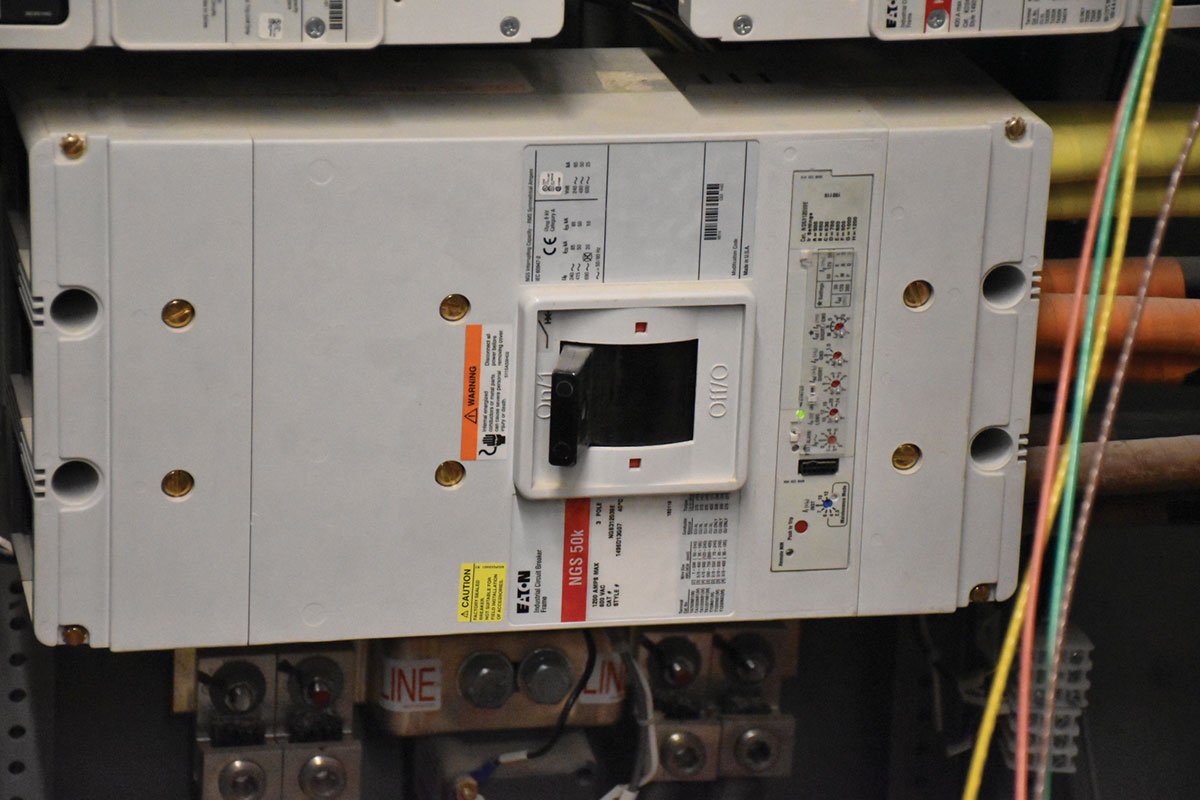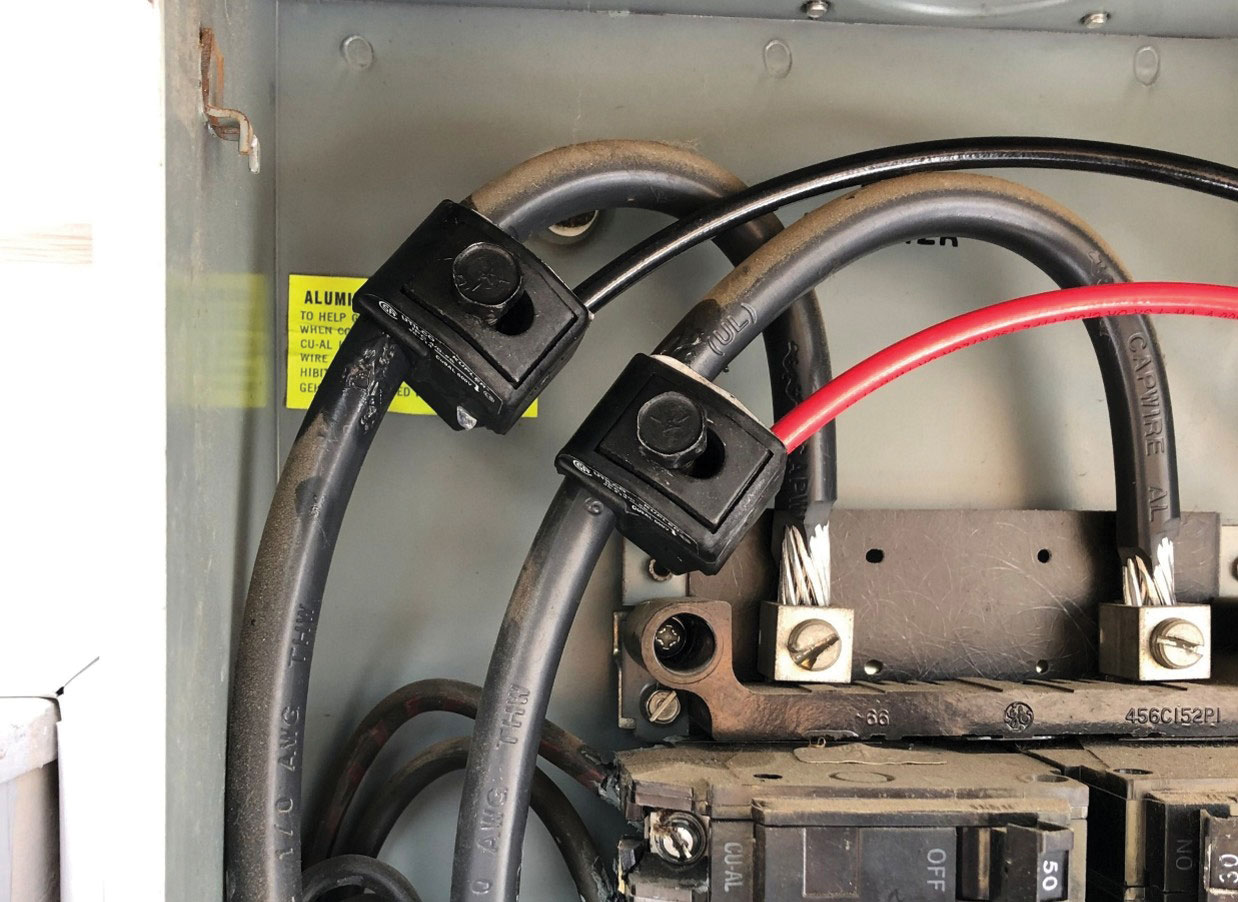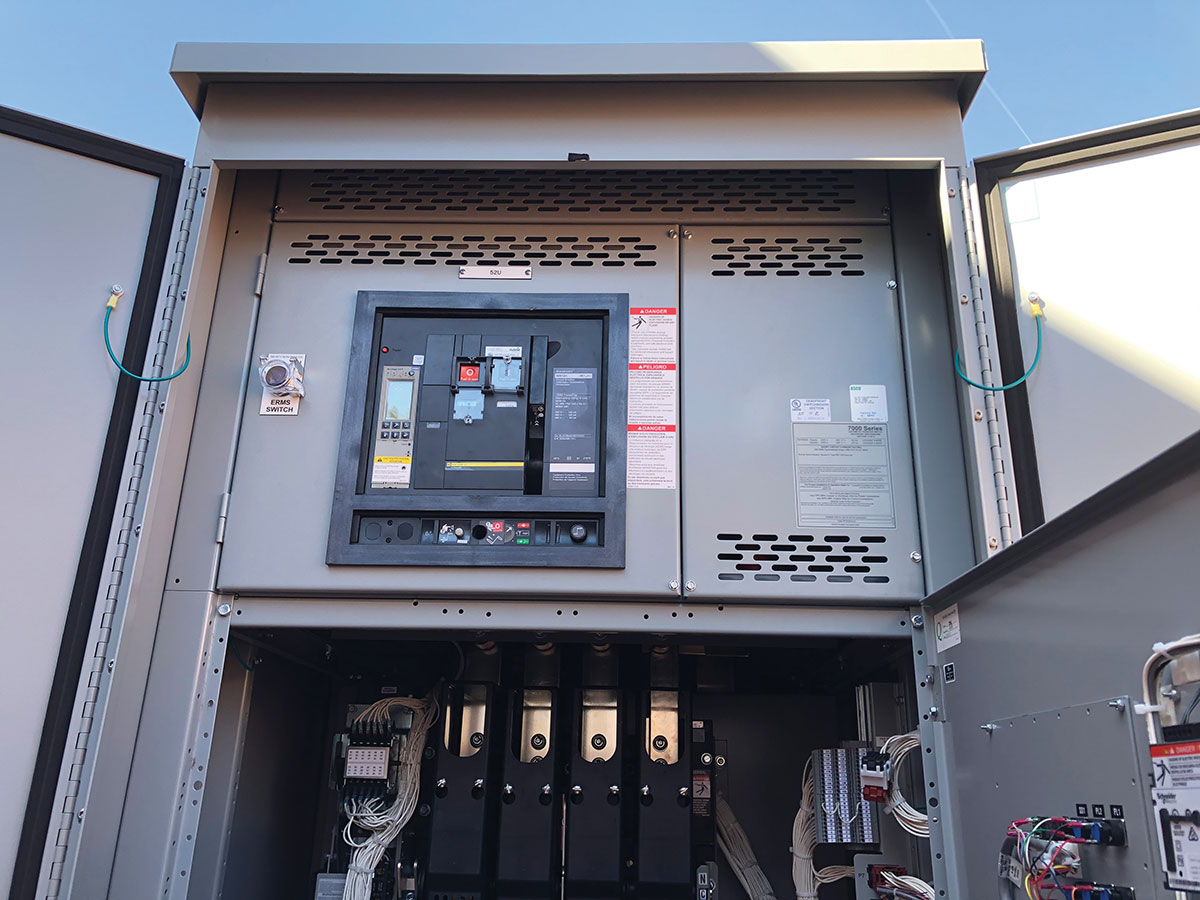Rule 10-812 specifies minimum grounding conductor sizes for low-voltage electrical systems up to 750 volts. This article discusses the complexities of this rule, which as you know, was revised in the 2009 Canadian Electrical Code.
Sub-rule 1 tells us that, when the electrical system grounding electrode is a continuous metallic public water system or other interconnected electrode systems that may provide multiple ground-fault current paths back to the source, the minimum grounding conductor size must be selected from Table 17. Sub-rule 2 continues on to say that the minimum grounding conductor size for other types of grounding electrodes must not be smaller than 6 AWG.
Appendix B explains that the minimum grounding conductor size for a solidly grounded electrical system need not be larger than 6 AWG, since most of the ground-fault current will be carried back to the source by the grounded circuit conductor (service neutral).
Appendix B further makes clear that when a continuous underground public metallic water system or other low impedance system is used as the grounding electrode, or that the source and electrical service grounding electrodes are interconnected, the minimum grounding conductor size must be selected from Table 17, since a sizable portion of the ground-fault current will be carried by the grounding conductor.
How to interpret Rule 10-812?
If your electrical system grounding electrode is a metallic water system, use Table 17.
If the electrical utility’s transformer and your electrical service are grounded to the same grounding electrode or separate interconnected grounding electrodes, use Table 17.
If the electrical utility’s transformer and your electrical service are grounded to separate grounding electrodes (other than a metallic water system), the system grounding conductor need not be larger than 6 AWG.
But a note of caution — if the building is supplied by a metallic water system and it’s not being used as the electrical system grounding electrode, the water system will need to be bonded to your electrical system grounding electrode (ground rods, ground plate, and so forth). Therefore a low impedance return path is established and you will still need to use Table 17.
All well and good, but this rule is also a bit of a head scratcher. What if your building has 5000-ampere electrical service equipment? Will the minimum 6 AWG grounding conductor size be heavy enough to safely carry the available ground-fault current? For an electrical service of this size, even though most ground-fault current is expected to return along the system neutral, the portion flowing back along other paths may be sufficient to burn off the system grounding conductor.
And I’m also struggling with the technical justification for the revised rule. We know that the impedance of the ground fault path consists of resistance and inductive reactance. Previously, testing has provided conclusive proof that the lowest impedance fault paths are always closest to the current-carrying conductors. Magnetic fields produced by the circuit conductors will force fault current along the path closest to the circuit conductors (the system neutral). Other paths further from the circuit conductors (such as a metallic water system or interconnected grounding electrodes), even though they may have low resistances, will usually have higher total impedances and therefore will only be expected to carry a much smaller portion of the fault current.
Play it safe. Always use Table 17. As with previous articles, you should always consult with the electrical inspection authority in each province or territory for a more accurate interpretation of any of the above.














Find Us on Socials